Table of Content
Maa Shailputri Aarti
![Shailputri Mata]()
मां शैलपुत्री आरती
शैलपुत्री मां बैल असवार।
करें देवता जय जयकार।l
शिव शंकर की प्रिय भवानी।
तेरी महिमा किसी ने ना जानी ll
पार्वती तू उमा कहलावे।
जो तुझे सिमरे सो सुख पावे।l
ऋद्धि-सिद्धि परवान करे तू।
दया करे धनवान करे तू।l
सोमवार को शिव संग प्यारी।
आरती तेरी जिसने उतारी।l
उसकी सगरी आस पुजा दो।
सगरे दुख तकलीफ मिला दो।l
घी का सुंदर दीप जला के।
गोला गरी का भोग लगा के।l
श्रद्धा भाव से मंत्र गाएं।
प्रेम सहित फिर शीश झुकाएं।l
जय गिरिराज किशोरी अंबे।
शिव मुख चंद्र चकोरी अंबे।l
मनोकामना पूर्ण कर दो।
भक्त सदा सुख संपत्ति भर दो।l
Shailputri Mata Ki Aarti Lyrics
![Shailputri Mata]()
Shailputri maa bail asavaar |
kare devta jay jay kaar || 1 ||
Shiv shankar ki priya bhavani |
teri mahima kisi ne na jaani || 2 ||
parvathi tu uma kahlave |
Jo tujhe sumire so sukh paave || 3 ||
riddhi siddhi parvaan kare tu |
daya kare dhanvan kare tu || 4 ||
Somvaar ko shiv sangh pyari |
Aarti jisne teri utaari || 5 ||
uski sagri aas puja do |
sagre dukh takleeph mita do || 6 ||
Ghee ka sundar deep jala ke |
Gola gari ka bhola laga ke || 7 ||
Sharddha bhav se mantra japaye |
prem sahit phir sheesh jhukaye || 8 ||
Jai giriraj kishori ambe |
Shiv mukh chandra chakori ambe || 9 ||
manokamna poorn kar do |
chaman sada sukh sampathi bhar do || 10 ||
Maa Shailputri Mantra
ॐ देवी शैलपुत्र्यै नमः॥
Shailputri Mantra in English
Om Devi Shailaputryai Namah॥
Significance of Shailaputri Ki Aarti
![Shailputri Mata]()
The commencement of the Navratri festival is marked by a significant ritual known as Ghatasthapana, symbolizing the power of women. This puja involves the use of sacred and symbolic items. To begin, a shallow clay pan is used as the base. In this pan, three layers of mud are arranged along with Sapta Dhanya/Navadhanya seeds, which represent the seven grains. It is crucial to sprinkle a little water to provide adequate moisture for the seeds to germinate.
Next, a Kalasha, a sacred pot, is filled with pure water such as Ganga jal, considered holy in Hinduism. The Kalasha is then adorned with Supari (betel nut), a few coins, Akshat (raw rice mixed with turmeric powder), and Durva grass. Additionally, five leaves from a mango tree are placed around the neck of the Kalasha to enhance its sanctity. Finally, the Kalasha is covered by positioning a coconut on top.
This elaborate arrangement carries spiritual significance and serves as a symbol of invoking divine blessings during Navratri. The Ghatasthapana puja sets the foundation for the nine-day festival, signifying the energy and strength associated with femininity. It also represents the power of creation and nurturance, as well as the germination and growth of positive energies.
In addition to the Ghatasthapana puja, the recitation of the Shailputri mantra holds great importance during Navratri. The Shailputri mantra is chanted to invoke the blessings of Goddess Shailaputri, the first form of Navadurga. By reciting this mantra, devotees seek her divine grace, strength, and protection. The mantra serves as a spiritual tool to connect with the goddess and attain spiritual growth and enlightenment.
Overall, the Ghatasthapana ritual and the recitation of the Shailputri mantra play significant roles in the Navratri festival. They symbolize the reverence for feminine energy and the worship of Mother Goddess, inviting her divine presence and blessings into the festival. By performing these rituals, devotees demonstrate their devotion, seek prosperity, and embark on a profound spiritual journey during the nine auspicious days of Navratri.
Maa Shailputri's Katha
![Shailputri Mata]()
Shailaputri (शैलपुत्री), also known as the Adi parasakti, is the daughter of the King of Mountains, Parvat Raj Himalaya. She embodies the power of Brahma, Vishnu, and Shiva. In her previous birth as Sati, she immolated herself in the fire of a Yagna when her husband, Shiva, was insulted. In her next birth, she became Parvati and married Shiva. Shailaputri represents the root chakra and begins her journey upwards upon awakening. She sits on a cow, symbolizing her journey from the Muladhara chakra.
Shailaputri is revered during the festival of Navratri, particularly on the first day, as it is considered auspicious. This marks the beginning of being in tune with the Divine Goddess Durga (दुर्गा). Shailaputri is sought after for spiritual standing and strength, especially for those seeking initiation in Shakti Mantras. Devotees aspire to reach higher spiritual evolution and attain Siddhi, associated with bliss.
Shailaputri is the essence of earthly existence and represents the physical consciousness of the Divine Mother Durga. She encompasses the earth's existence, including its hills, valleys, water resources, seas, oceans, and atmosphere. Residing in the Muladhara Chakra, she is the Muladhara Shakti that needs to be realized within oneself. The divine energy latent within every human being must be awakened. Shailaputri's color is crimson, symbolizing the Earth element, and holds the qualities of coherence and the distinct characteristic of smell.
According to the Shiva Purana and Devi-Bhagavata Purana, the story of the Mother Goddess unfolds as Sati, the daughter of Daksha Prajapati, immolates herself in the fire of a sacrificial ceremony organized by her father when he insults her husband, Shiva. In her next birth, she is reborn as Goddess Parvati, the daughter of Parvat Raj Himalaya. Known as Shailaputri, she represents the root chakra and embarks on a spiritual journey upwards from the Muladhara chakra. In Navratri pooja, devotees concentrate on the Muladhara chakra and seek the Muladhara Shakti within themselves for spiritual strength. Shailaputri encompasses the physical consciousness of the Divine Mother Durga and symbolizes the earth's existence, including its hills, valleys, water resources, seas, oceans, and atmosphere. Seeking spiritual evolution and Siddhi, devotees honor Shailaputri during Navratri, the first day of which marks the beginning of alignment with the Divine Mother Durga. The latent divine energy within each person must be realized, and Shailaputri, with her crimson color representing the Earth element, guides individuals in their journey towards self-realization and deeper meditation.
Shailaputri Mata's Temples
- The Shailaputri Temple can be found at the address A-40/11, Marhia Ghat, in the city of Varanasi, state of Uttar Pradesh, India.
- Hedavde Mahalaxmi is situated in Hedavde Village, along the Mumbai Ahemdabad Highway, within the Vasai Virar region of Maharashtra, India.
- Another Shailaputri Temple is present in Baramulla of the Jammu and Kashmir region, India.
- The Shailaputri in Zewan, Srinagar, India is an extraordinary site. This spiritual location manifests as a Shila, or stone, with a historically significant tree growing at its center. An eastern facing cave exists on the site where devotees enter to perform prayers.
Shailputri Aarti Images and PDF
Shailputri Aarti Images
![Shailputri Aarti Images.png Shailputri Aarti Images]()
![Shailputri Aarti Images (1).png Shailputri Aarti Images (1)]()
Shailputri Aarti PDF Free Download
![fc4c1d0a-11fc-4804-a3d4-8aa67354147d.jpg]()
Find More Aartis for Navratri
Get Celebrities For Navratri Nights
Make your Navratri event truly special with a celebrity appearance! We bring top stars to your celebration, creating an unforgettable night for your guests. Let’s make your Navratri a star-studded affair. Contact us now!
![Shankar Mahadevan.png]()
![Abhijeet Sawant.png]()
![Shamita Shetty.png]()
![Jayati Bhatia.png]()
![button_talk-to-us-now.png]()
![birthday occasion]() Birthday Gifts
Birthday Gifts
![anniversary occasion]() Anniversary Gifts
Anniversary Gifts
![women]() Women
Women
![men]() Men
Men
![Couples]() Couples
Couples
![Couples]() Wedding Gifts
Wedding Gifts

 Birthday Gifts
Birthday Gifts
 Women
Women
 Men
Men
 Anniversary Gifts
Anniversary Gifts
 Wedding Gifts
Wedding Gifts
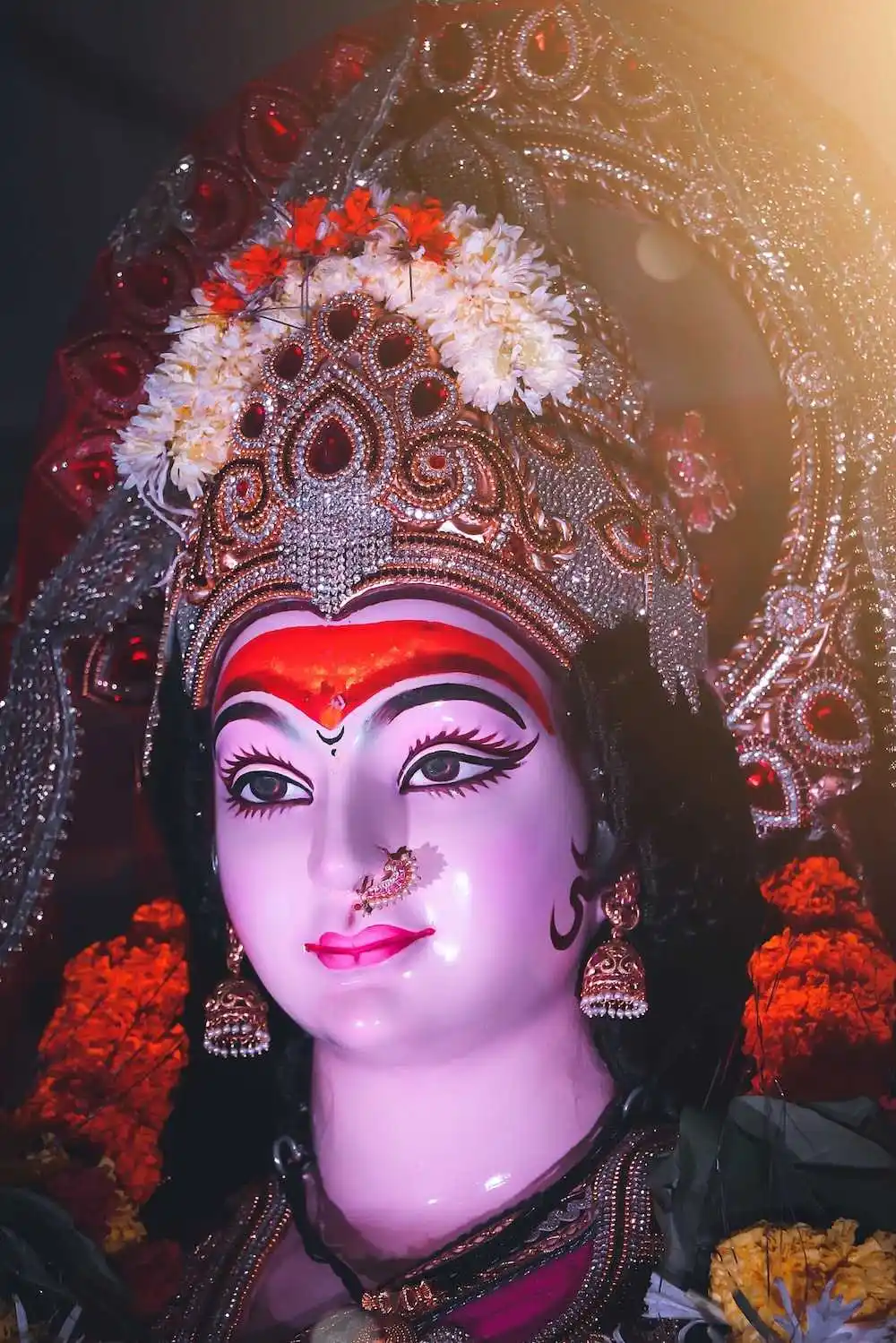
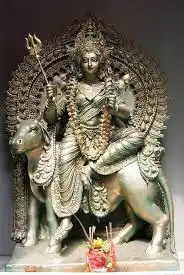
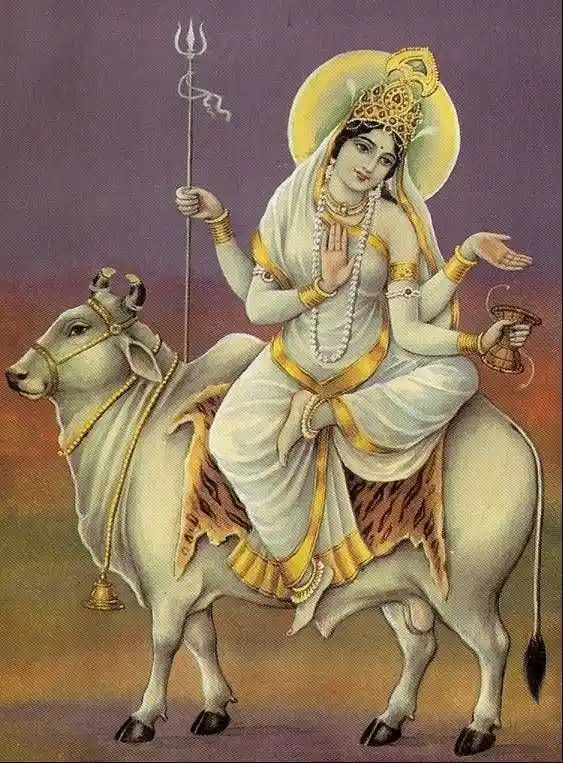
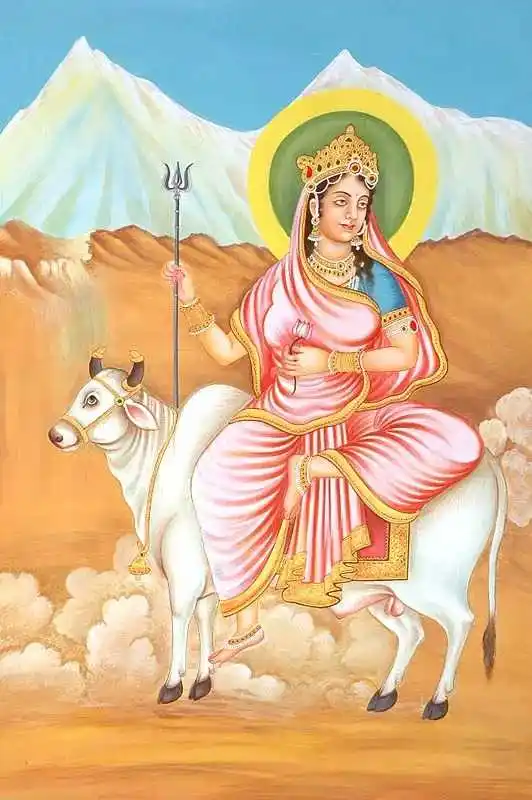
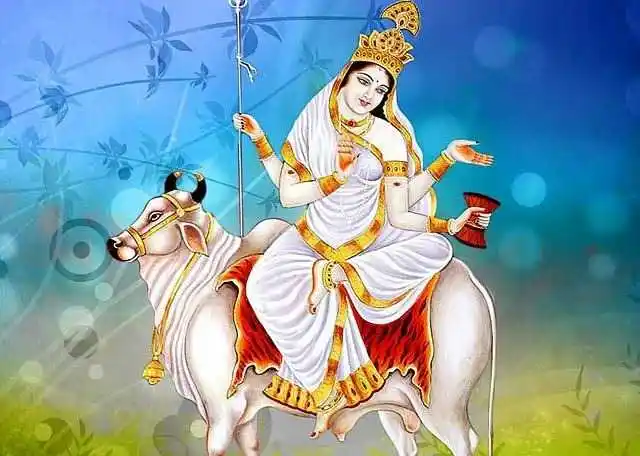
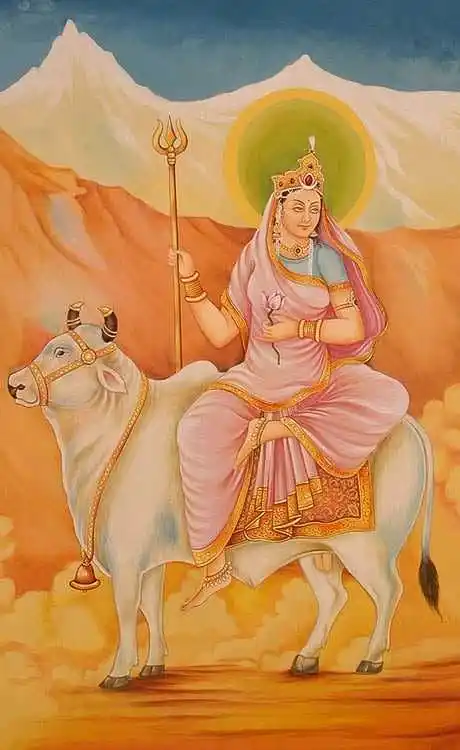
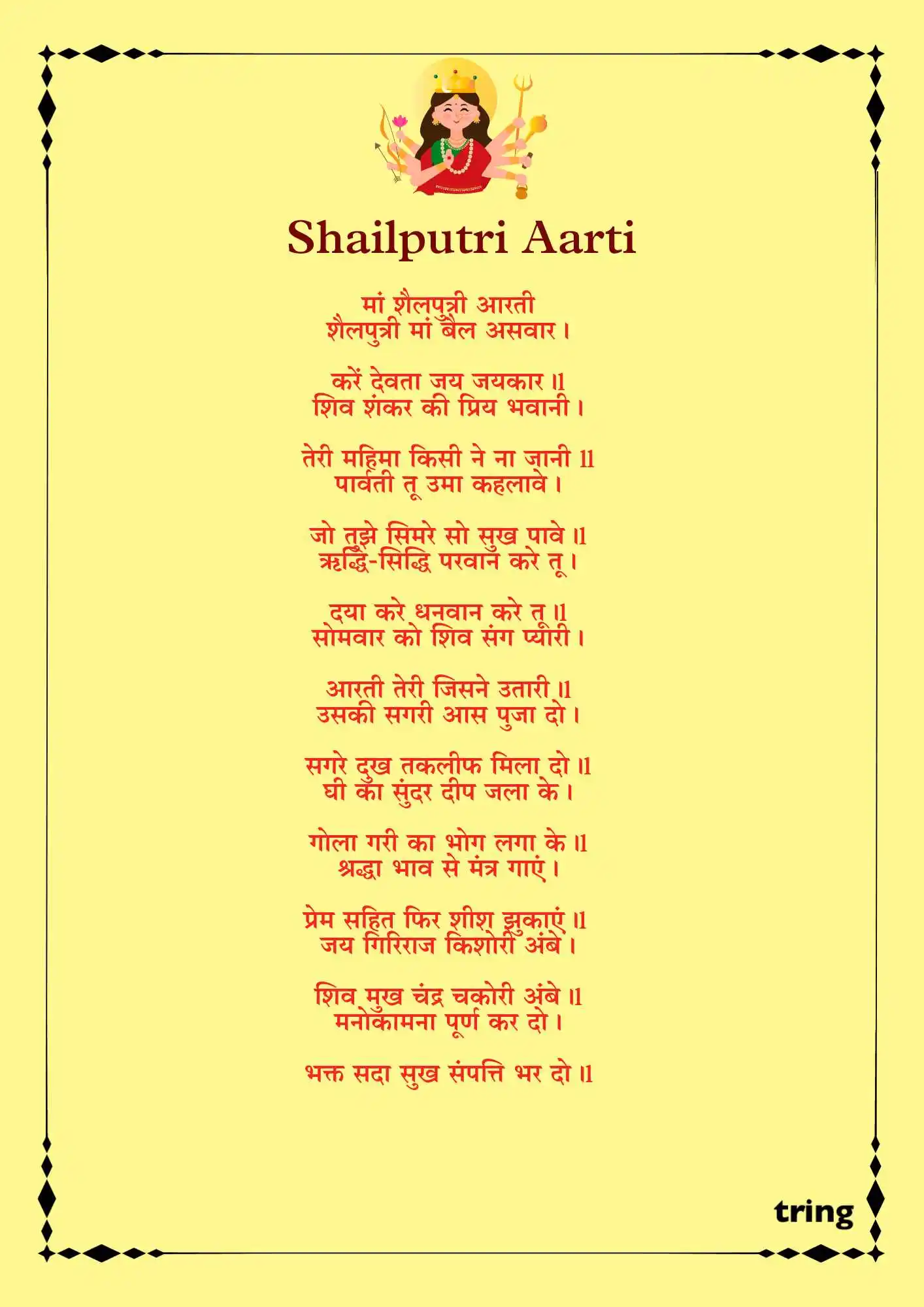







 We now support international payments
We now support international payments
